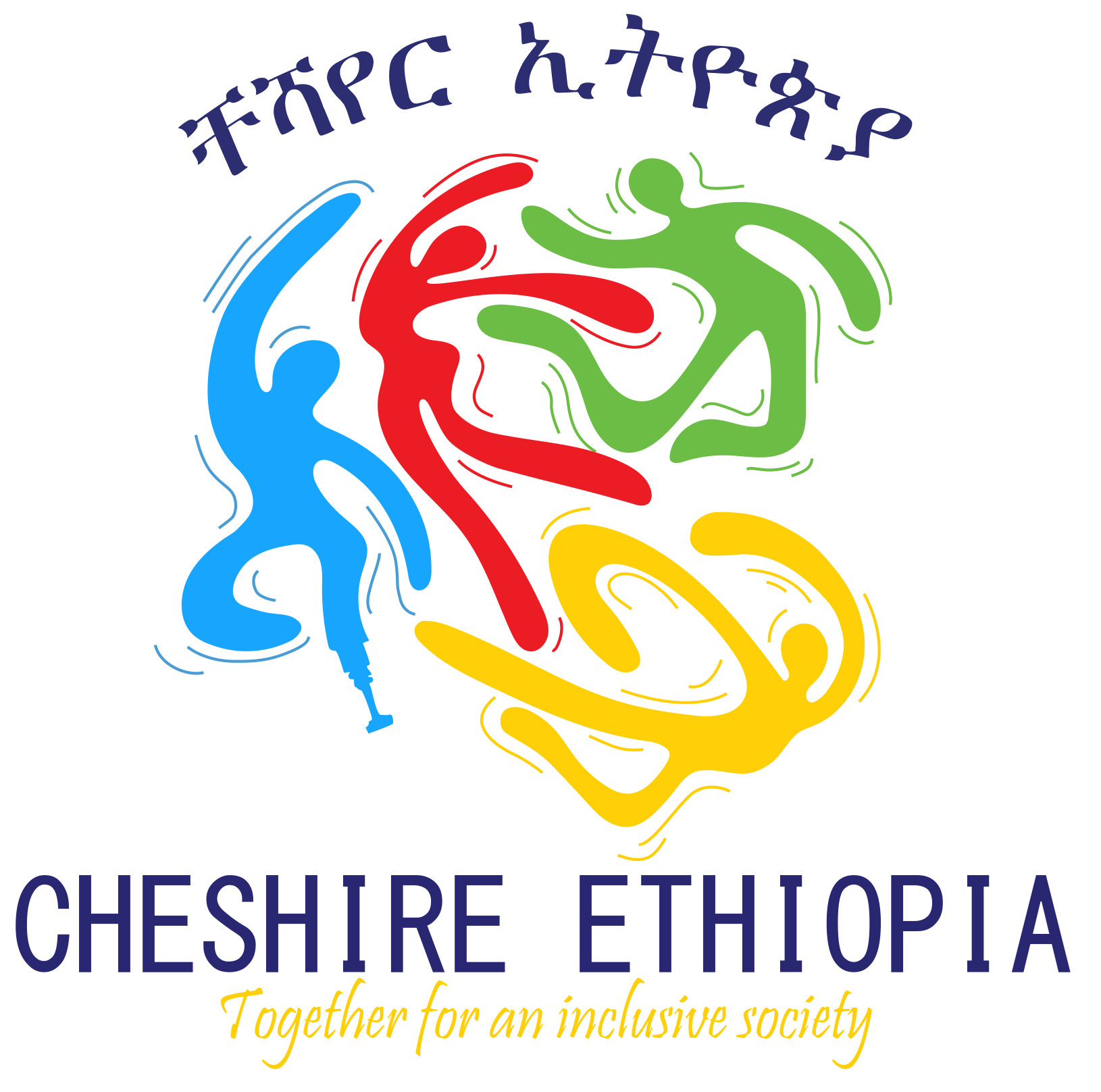Historical Perspective and Present status of Cheshire Ethiopia
Cheshire Services Ethiopia is a pioneer disability focused organization that started to operate in 1962. At the inception stage key role was played by the then members of the monarchy with twofold commitment. At the outset the remarkable thoughtfulness of Rear Admiral Eskinder Desta and Princesses Seble who felt the need in the home land and influenced Leonard Cheshire from UK was the seed to the present day Cheshire Services Ethiopia.


Cheshire Services Ethiopia is a pioneer disability focused organization that started to operate in 1962. At the inception stage key role was played by the then members of the monarchy with twofold commitment. At the outset the remarkable thoughtfulness of Rear Admiral Eskinder Desta and Princesses Seble who felt the need in the home land and influenced Leonard Cheshire from UK was the seed to the present day Cheshire Services Ethiopia.
Secondarily, the endowment of resource which began by apportioning housing & basic facilities, at kazanchis Cheshire home where care and support started for few intellectually challenged children was a practical gesture to the cause. Consequently, after the strategic decision of Cheshire to shift its focus on physical rehabilitation the influx of children increased significantly. To accommodate the incoming rehabilitation demand Princesses Tenagnework donated 32 hectares of land at Menagesha that encouraged the management to envision doing more in the future. Inadvertently, the focus given to physical disabilities engulfed the Center by cases of post-polio paralysis out numbering those who came with different types of physical disabilities, which as a consequence led the public to misperceive Cheshire Ethiopia (until today) as an exclusively polio focused organization.

Unlike other Cheshire Homes worldwide who dedicate centers for the permanent stay of disabled children, Cheshire Ethiopia braved Leonard Cheshire Foundation that clients must be admitted for a limited period (maximum 5 months) until rehabilitation is accomplished, afterwards it should be the responsibility of the family to provide the necessary care and social support in the respective communities. This was a major strategic breakthrough that unlocked a pathway from exclusion to inclusion which otherwise would have given a completely different picture for the present Cheshire Ethiopia.
As pioneer in the fight against polio and ally of Ministry of Health, Cheshire Ethiopia played significant role in the management of post-polio paralysis. In 1976 team of Cheshire Ethiopia experts conducted an appraisal on the situation of discharged children from Mennagesha Rehabilitation Center. The finding indicated that the majorities who have gone through surgical correction were found to have developed serious contracture reversing their mobility to the worse. As a conclusive measure, it was decided to start follow up program by setting up a developmental clinic in Black Lion hospital.
As best practice, the developmental clinic did not fully address the needs of all discharged children across the country but simply those surrounding Addis, thus a comprehensive & effective approach was formulated, i.e., an outreach mobile program was designed where a team of experts, identify, rehabilitate and make follow up service in selected disability prevalent location in the country. Accordingly in 1979, Cheshire Home (Cheshire Ethiopia) successfully carried out the first outreach program in the Southern Peoples Nations & Nationalities Region (SNNPR)
Later in 1993, synthesis of experience of the outreach & institutional approaches paved the way to work in the community, encouraged by Community Based Rehabilitation which was a global trend at the time and in spite of its contentious nature in the mode of implementation Cheshire Ethiopia welcomed Community Based Rehabilitation from the following perspectives;
- It is part of community development that adds value (complementarily) to the Center based and outreach programs;
- It is a tool to diversify service, identify client and conduct follow up service.
Eventually, in 1994 Cheshire Services Ethiopia/Cheshire Ethiopia officially started to implement a community based rehabilitation project focused on Children with Disabilities and their parents, which turned out to be different in conceptualization and design from the International Labor Organization Community Based Rehabilitation project implemented by the Rehabilitation Agency (1980th). Since its inception the Addis Ababa Community Based Rehabilitation project, step-by-step penetrated into Burayu, Gullele, Kolfekeranyo, Addis ketema and Arada sub cities and later roamed to the regions in Dire Dawa, Harar and Hawassa.
After decades of cumulative organizational experience Cheshire Ethiopia has now emerged as knowledge based technical hub in disability with a wider scope of mandate and partnership with a large group of stakeholders. As an Ethiopian resident charity working at federal level, it stretches out to different strategic locations to address the rehabilitation needs of different types of disabilities with particular specialization on physical disability.
To translate its mission into objectives Cheshire Ethiopia implements four major strategies namely Center based service, mobile outreach, Community Based Rehabilitation and partnership and collaboration. The Center based service mainly resides in Menagesha Rehabilitation Center, Pediatric rehabilitation at Reed House in the capital Addis Ababa, outreach program stretch to 38 different locations across regional states with interlinked Community Based Rehabilitation strategy in six different project sites. Below are brief description of Cheshire Ethiopia services Centers and the strategy of implementation and distribution in the regional states.
